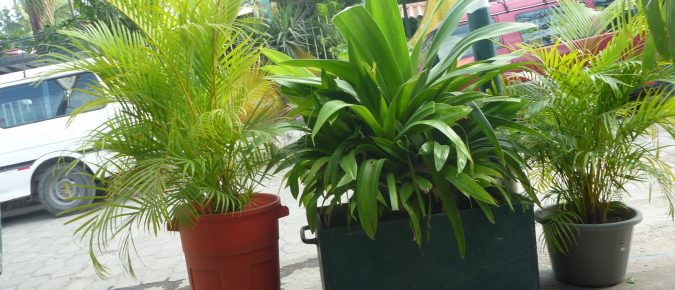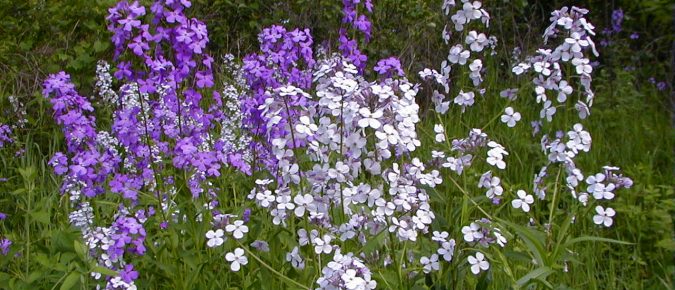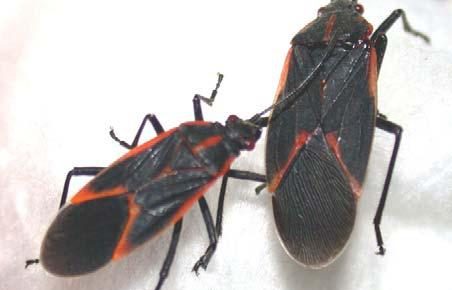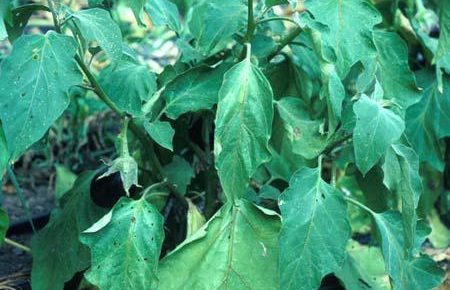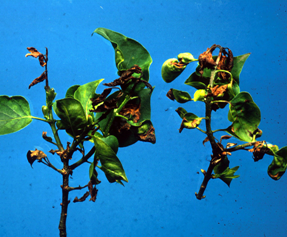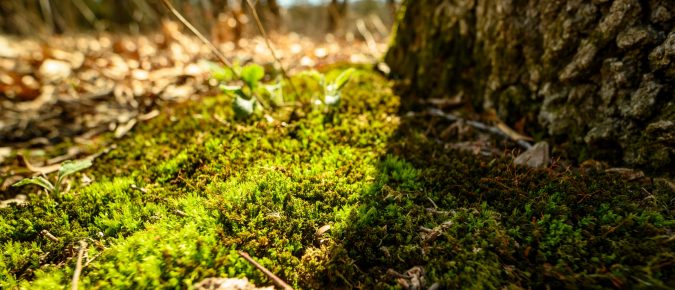Articles

Gardening Articles
Research-based horticulture information to help keep your plants and gardens thriving.
Container Gardening
Live in an apartment or condo? You can still raise a garden’s worth of flowers or vegetables in pots and other containers by mastering the methods described in this publication.
Dame’s Rocket
Dame’s rocket is a Eurasian biennial belonging to the mustard family. It was introduced to North America in the 1600’s and has naturalized itself in moist, wooded areas, but can also invade open areas. Learn how to identify and control this invasive plant in this factsheet.
Citronella Ants
Phil Pellitteri, UW Insect Diagnostic Lab Revised: 5/7/2010 Item number: XHT1161 Citronella ants (Acanthomyops interjectus), also known as larger yellow ants, nest in moist soil along or under foundations. These ants feed on aphid honeydew and have no interest in human food. You may find Citronella ants when digging in the soil or when large […]
Centipedes
Phil Pellitteri, UW Insect Diagnostic Lab Revised: 5/7/2010 Item number: XHT1113 Centipedes are long, many legged creatures that run swiftly when disturbed. By nature they are predators that feed on insects, spiders, and other small arthropods. Their body is made up of many segments with each segment containing one pair of legs. Centipedes have […]
Boxelder Bugs
Though not really harmful to plants, box elder bugs become a nuisance when coming indoors in fall. This factsheet describes the life cycle and habits of box elder bugs.
Black Walnut Toxicity
Black walnut trees produce a toxic substance (called juglone) that prevents many plants from growing under or near them. Learn more about this compound and how to work around it in this factsheet.
Aster Yellows
Aster Yellows is a chronic, systemic disease that affects flowers in the aster family as well as some vegetables. Symptoms vary, and include unusual growth and colors. Learn more in this factsheet.
Ash Flower Gall
Tiny eriophyid mites can cause male flowers and leaf distortions on ash trees. While unsightly, tree health is not adversely affected. Learn more here.
Bacterial Blight
Bacterial blight is a disease of Chinese, Japanese, Persian and common lilac, as well as apple, pear, plum and cherry. This factsheet describes symptoms and management of this common disease.
Ash Yellows
Ash yellows is a chronic disease of ash trees, especially white ash, causing unusual leaf growth and witches brooms. It can also affect lilacs. Learn about this unusual disease in this factsheet.
Black Knot
Black knot is a disfiguring and potentially lethal disease of trees and shrubs in the genus Prunus, such as plums and cherries. This factsheet describes symptoms and management.
Moss in Lawn
Mosses prefer damp, shaded areas, but can also grow in dry, sunny locations. When lawns are not healthy, often due to poor drainage or shade, moss can move in. Learn about moss in lawns in this factsheet.

